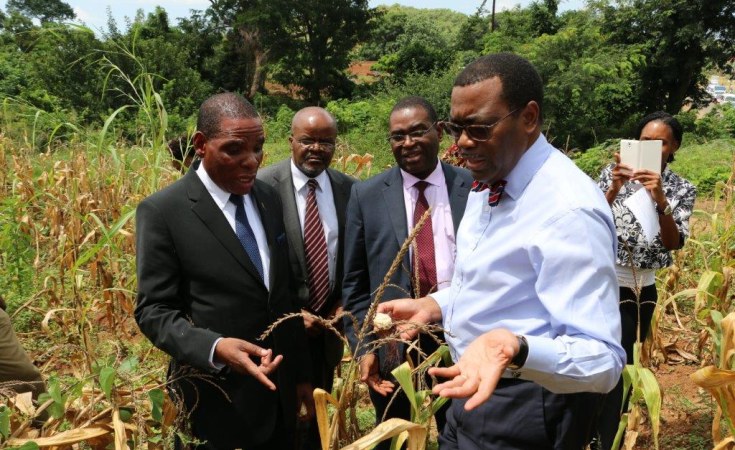Agricultural value chains will be a key lever for inclusive growth in The Gambia to address development challenges and combat fragility, according to the Country Strategy Paper (CSP 2021-2025) published by the African Development Bank.
The Bank intends to support The Gambian government's efforts to reduce food insecurity from 37.2 percent in 2020 to 30 percent in 2025, reduce the incidence of poverty in rural areas from 69.5 percent to 63 percent over the same period, and help rebuild following Covid-19.
Investments are planned under the Global Agriculture and Food Security Program for $17.31 million, while $21.45 million is to be invested in the staple crop processing area. This funding, which is supported by the private sector, will help transform subsistence agriculture into a commercial activity. This transformation will help the country to gradually reduce its dependence on food imports that erode the country's scarce foreign exchange reserves.
In April 2021, the African Development Bank completed a feasibility study and stakeholder consultations on the establishment of The Gambia Risk-Sharing Agricultural Incentive Finance Facility in 2022, modelled on a similar facility in Ghana. In the near term, the African Development Bank-funded study will identify appropriate options for creating a private sector-led agribusiness bank.
Between 2021 and 2025, agricultural interventions are expected to increase developed and rehabilitated irrigation areas from 212 hectares to 287 hectares and to stimulate investment in food processing plants. The goal is to increase local production and supply of products such as rice, groundnuts, beans, poultry, and aquaculture. In addition, investments in food storage and product standardisation will reduce post-harvest losses from 10 percent to 7 percent for rice and dry grains, and from 50 percent to 30 percent for fruits and vegetables.
According to the Country Strategy Paper, "interventions will support research on the development of drought-resistant seeds under the African Agricultural Transformation Technology Program."
The Bank will support the establishment of an electronic platform for providing agricultural inputs and fertilisers to farmers (e.g., for rice and groundnuts) and mainstreaming agricultural technologies targeting 443 small-scale farmers, half of whom are women. This operation is expected to increase agricultural productivity for rice (from 2.2 to 5 tonnes per ha), cassava (from 6 to 10 tonnes per ha), maize (from 2 to 4 tonnes per ha), soya (from 1.5 to 2.5 tonnes per ha) and sorghum (from 1.5 to 3 tonnes per ha) between 2021 and 2025.
Bank-financed infrastructure will include the trans-Gambian bridge, access roads, and border posts in the Senegal-Gambia regional economic zone, which will be synergised with the capacity building programme. The objective is to streamline tax and revenue management and digitize customs administrations in five countries of the Economic Community of West African States (Mali, Niger, Sierra Leone, Liberia, and The Gambia).
In addition, the Bank intends to finance Phase I of the Public-Private Partnership project to the modernise the port of Banjul. The main objective is to develop multimodal transport systems to connect The Gambia with regional and global markets, reducing traffic congestion at the port of Banjul. This will facilitate imports of essential goods and agricultural inputs as well as exports of fresh agricultural produce.
Technical assistance from the Sustainable Energy Fund for Africa (SEFA) is under way on green mini-grids to create a favourable environment for future private investment in rural areas and provide electricity to agricultural producers. The construction of 144 solar-powered water facilities will reinforce the green growth agenda by providing clean energy systems in rural and peri-urban areas.
The Bank has also recently concluded a study on the impacts of Covid-19 on the Gambian economy and the expenditure requirements to achieve the 2030 Sustainable Development Goals.
At the end of September 2021, the African Development Bank's portfolio in The Gambia included 13 operations, representing a financial commitment of $131.3 million .


